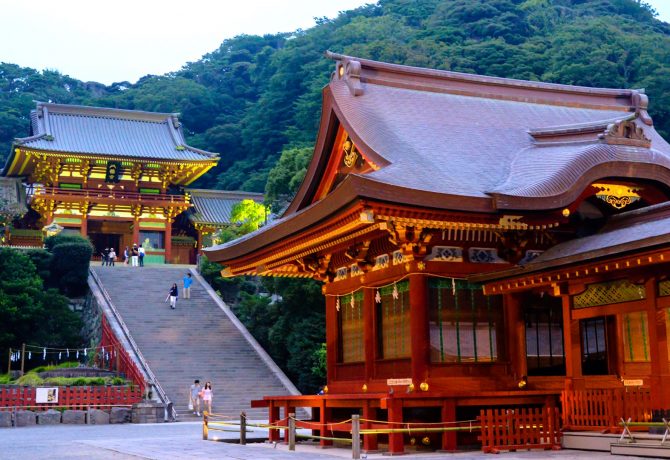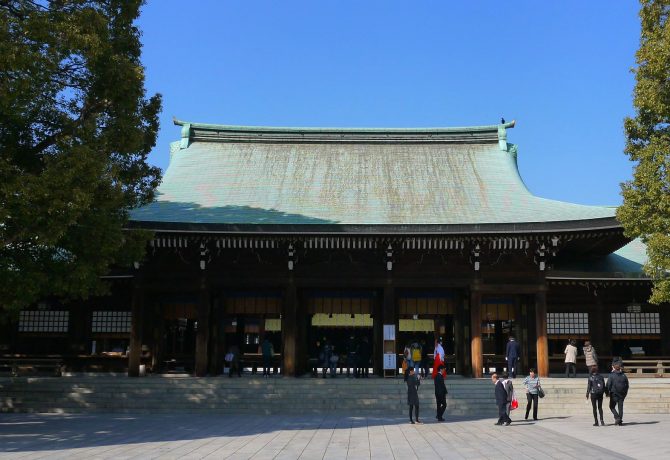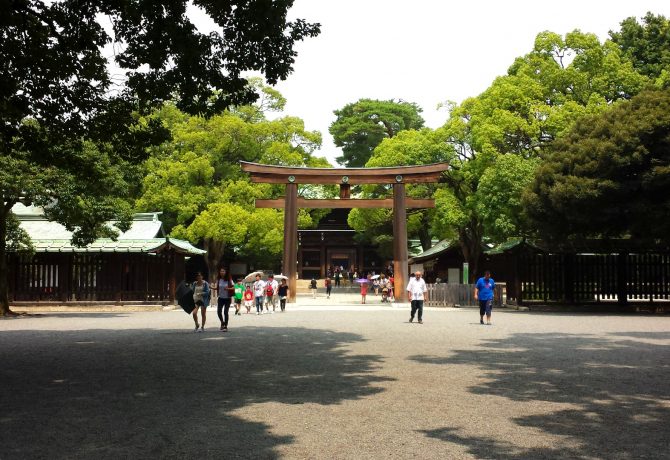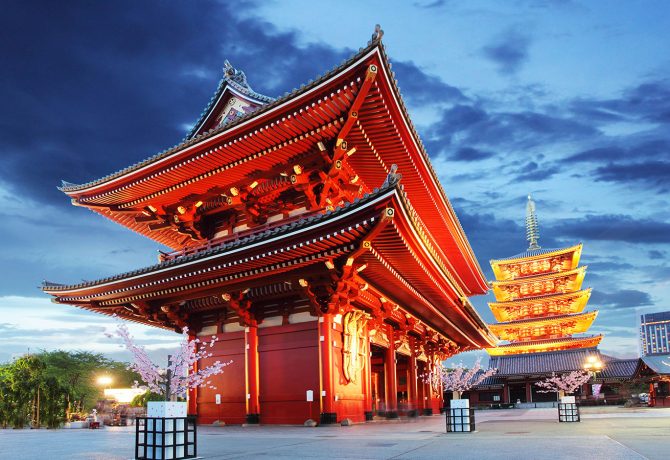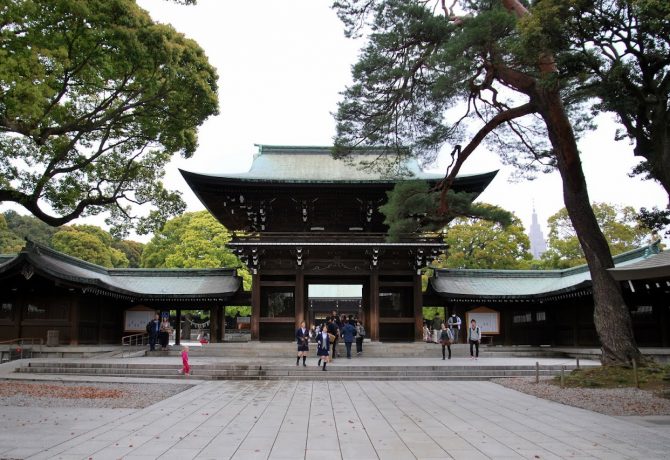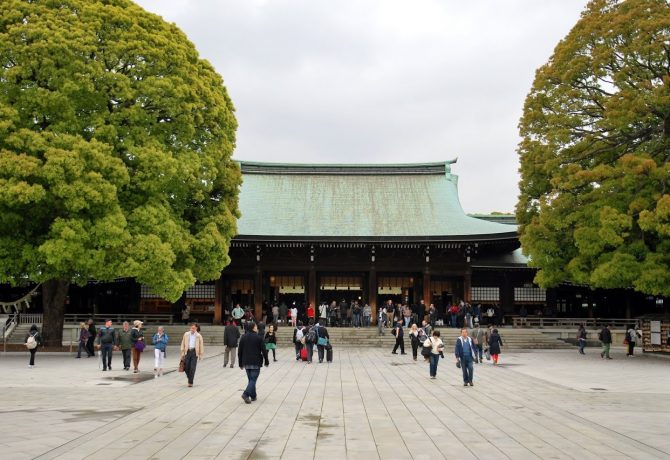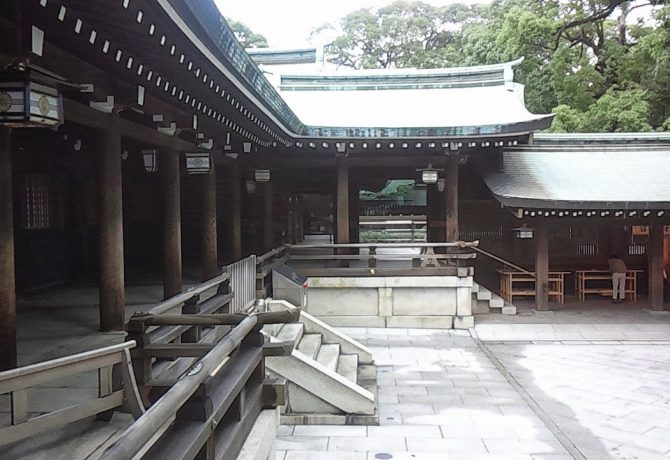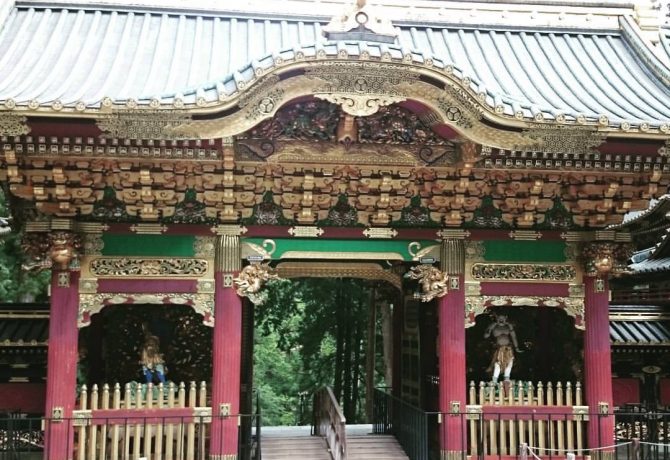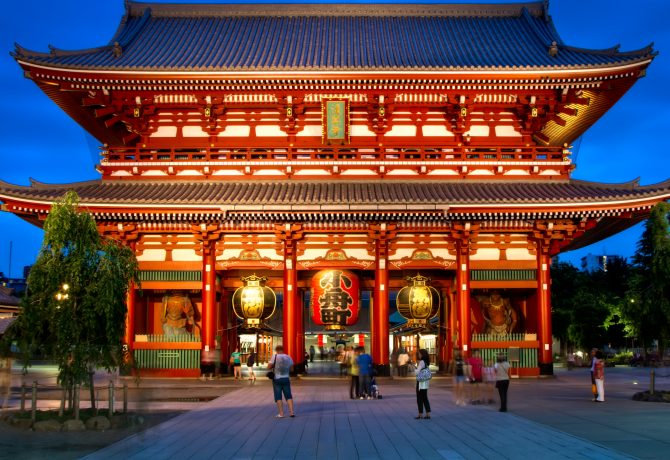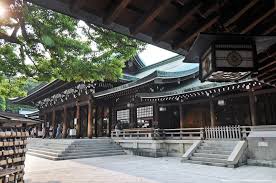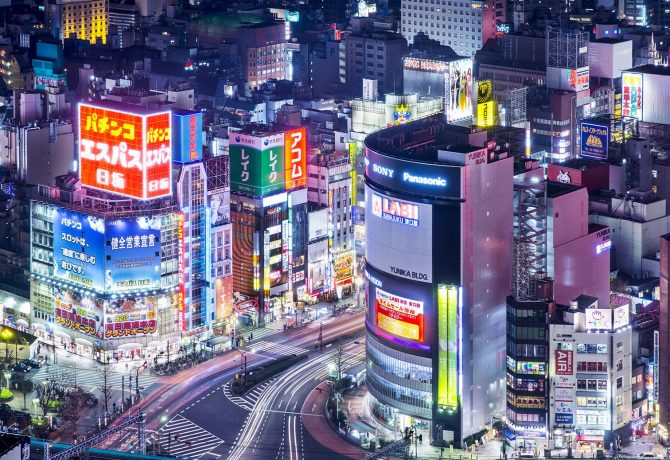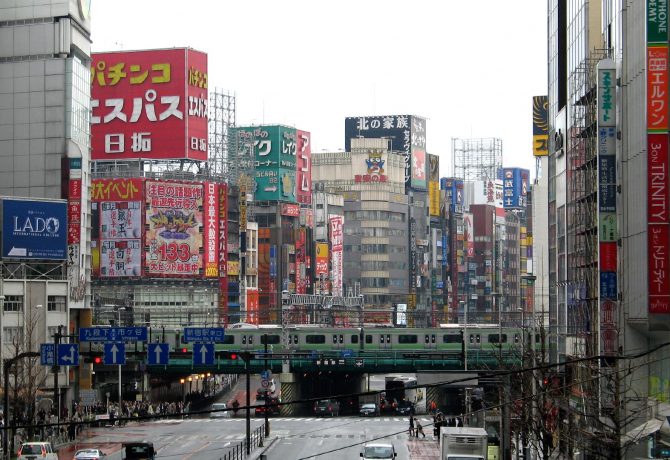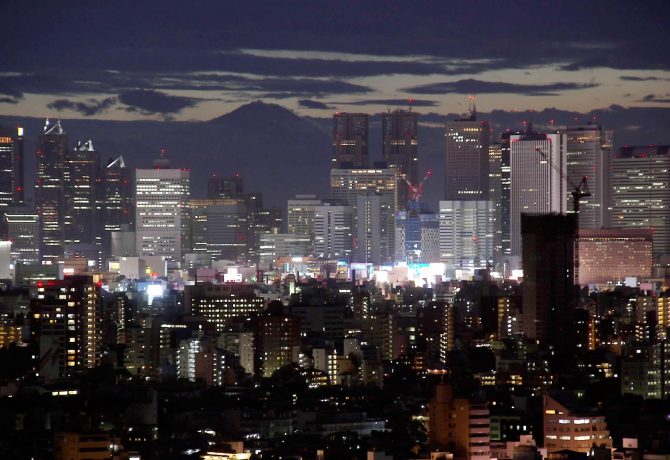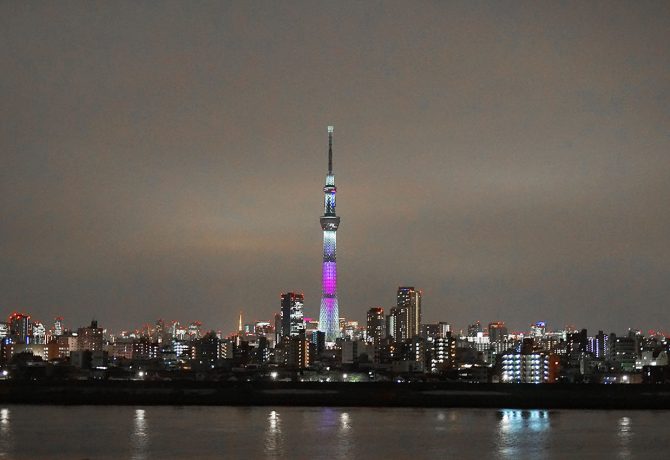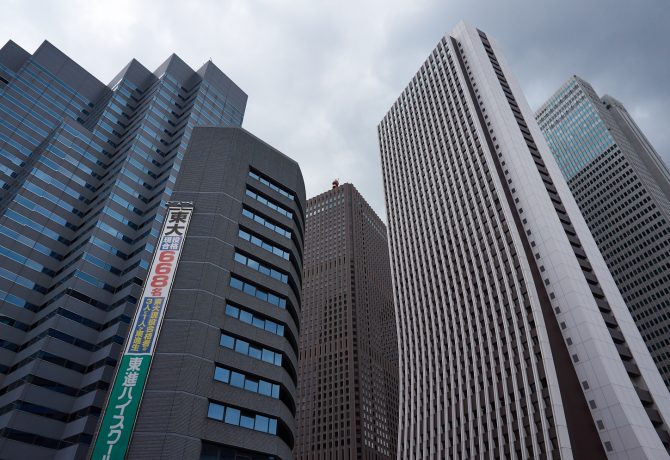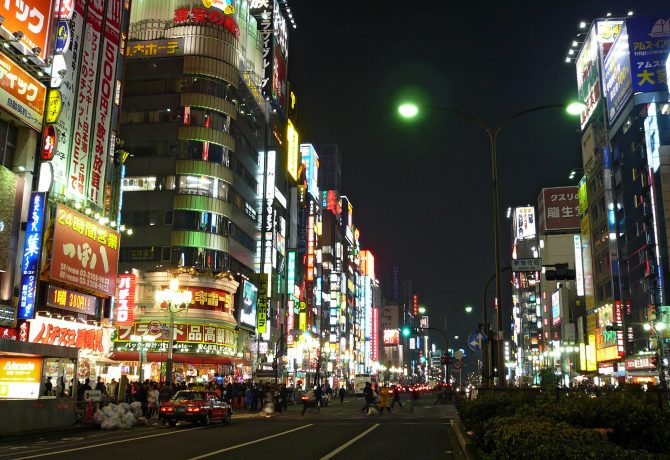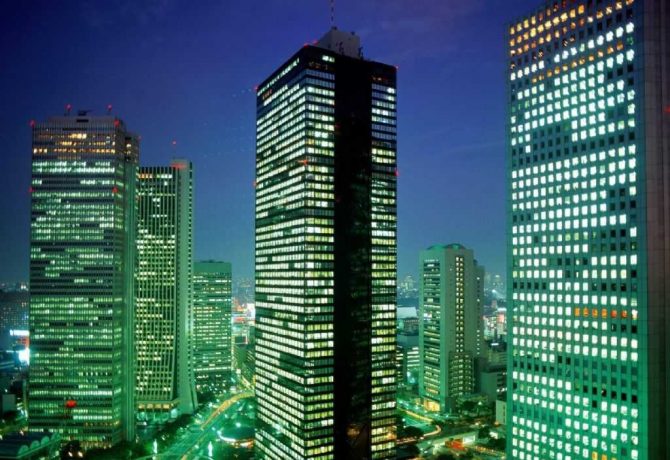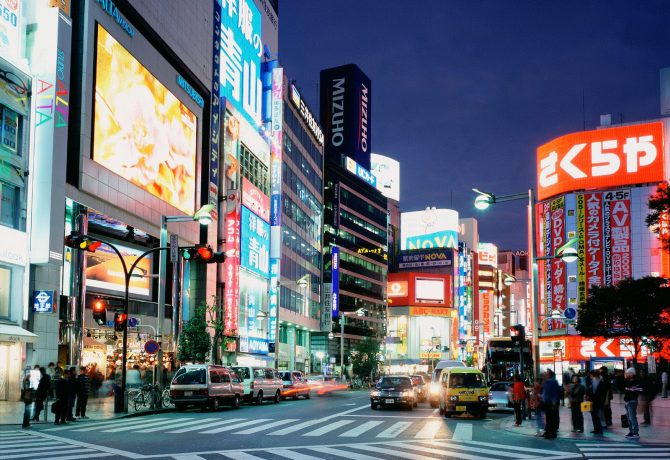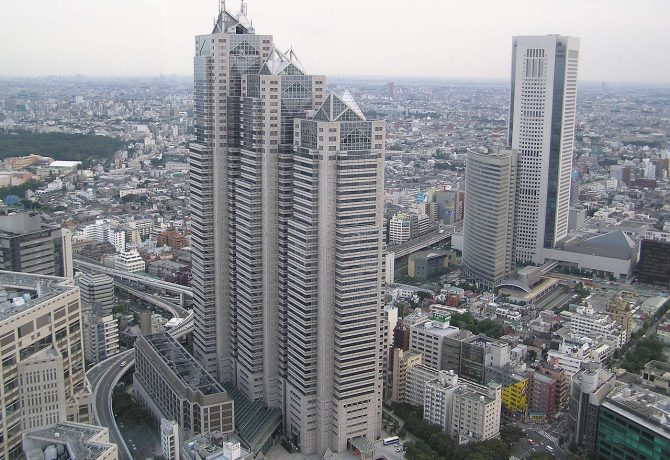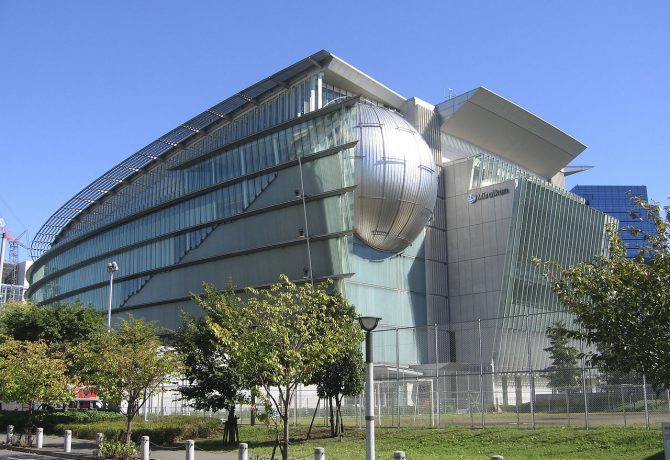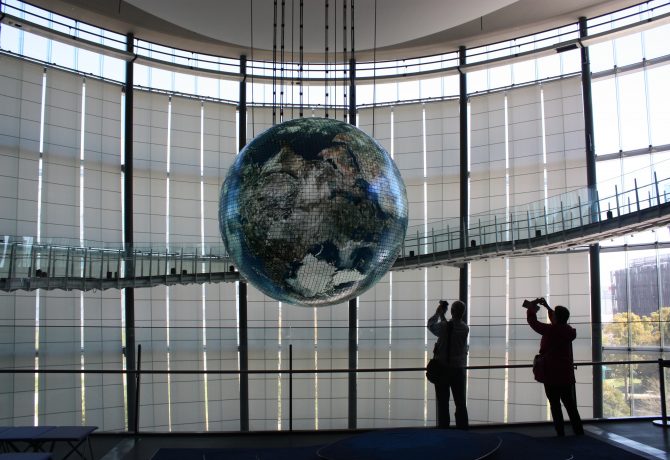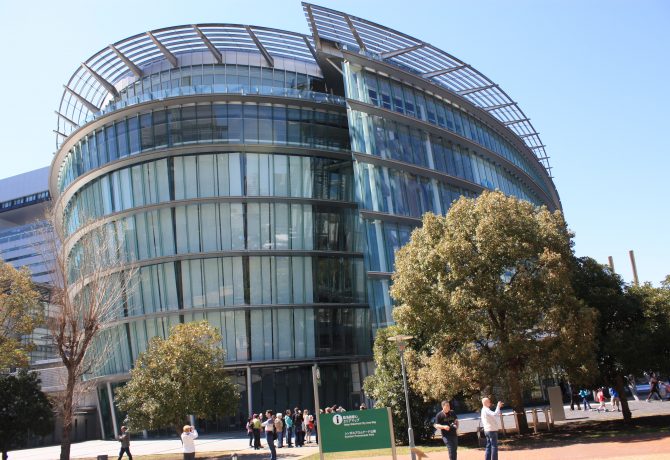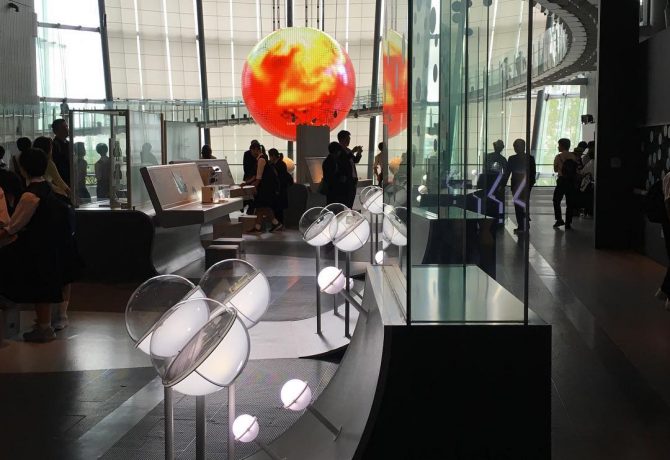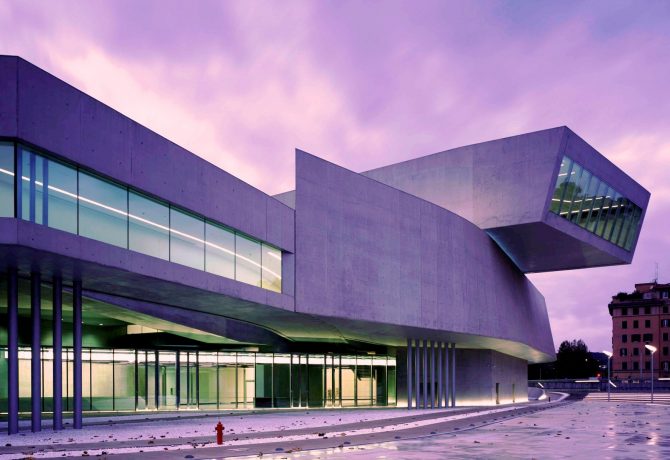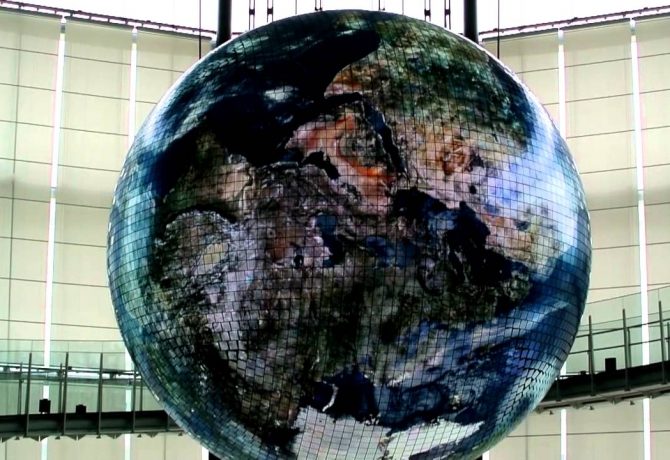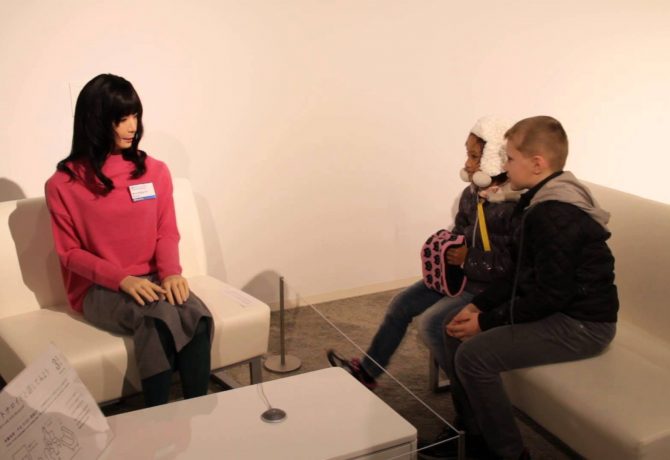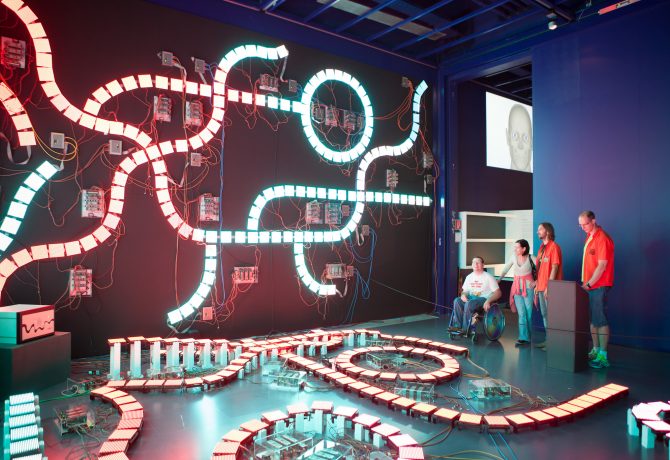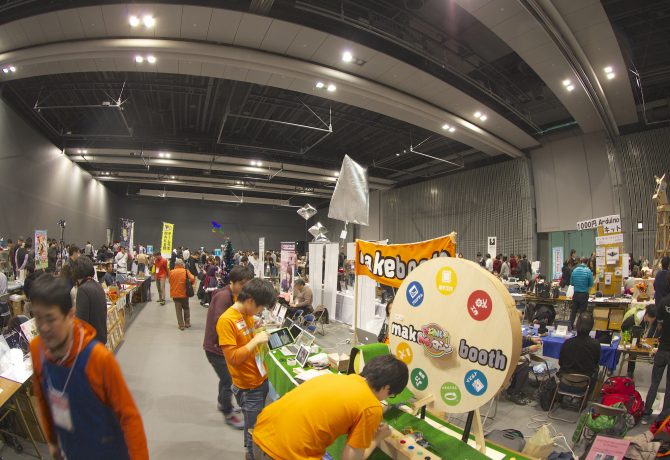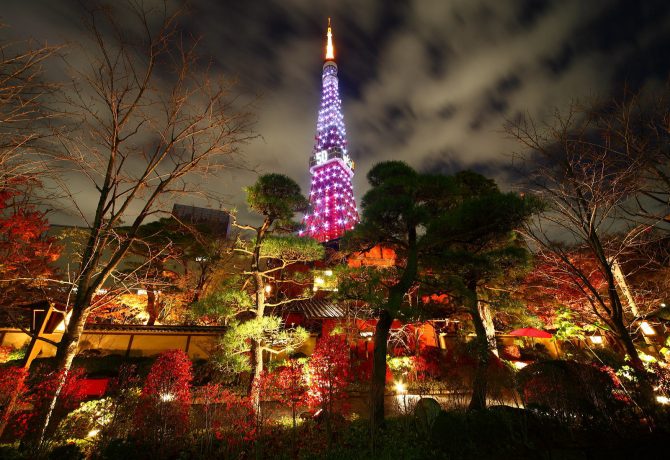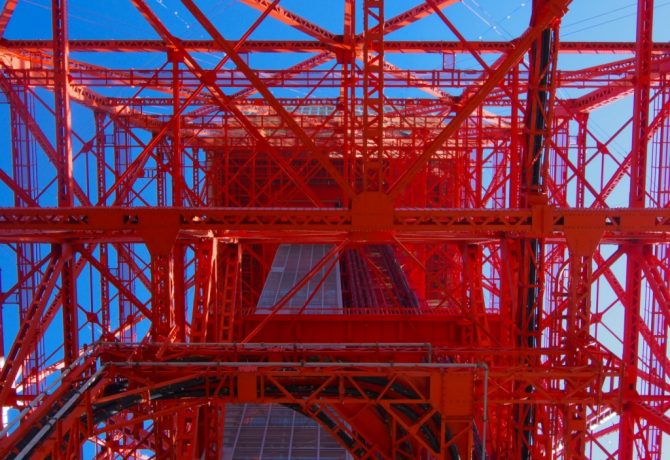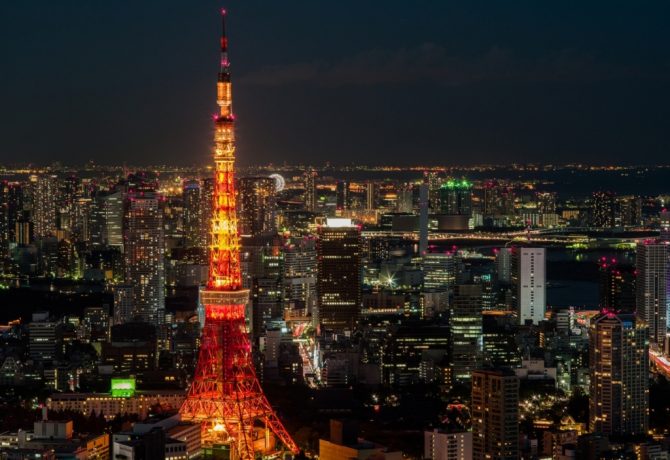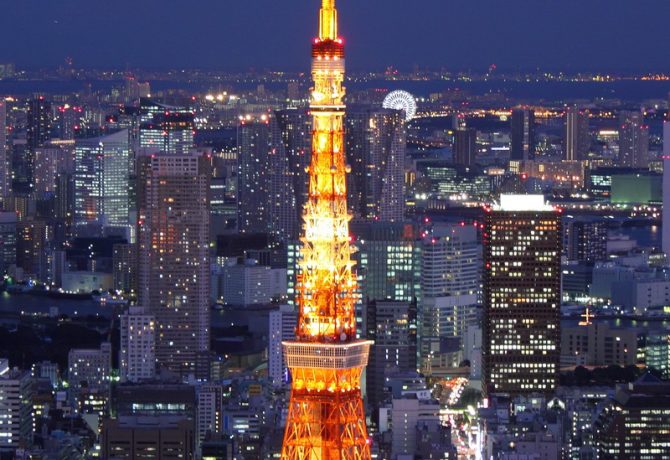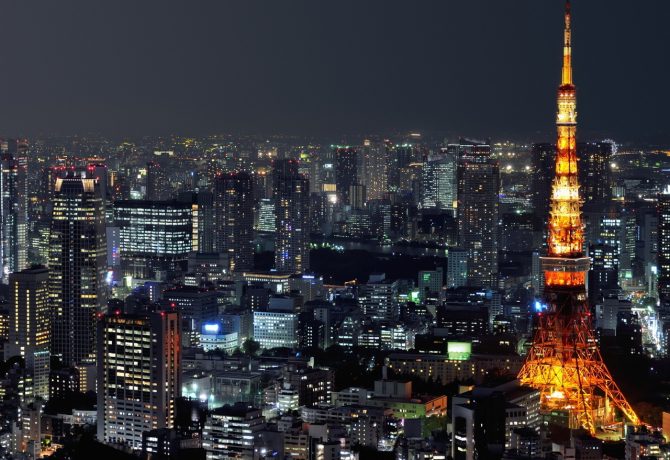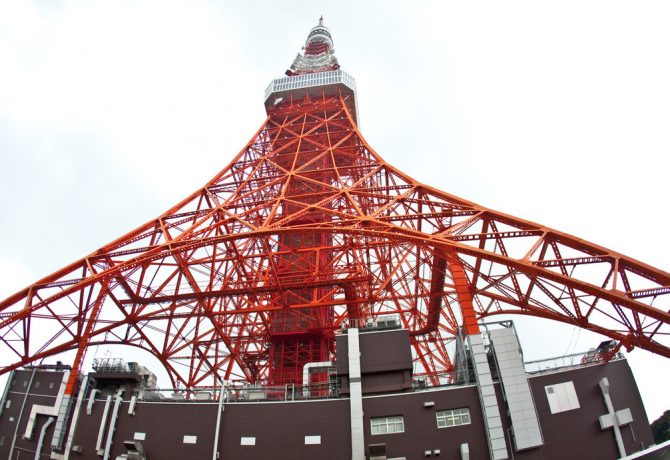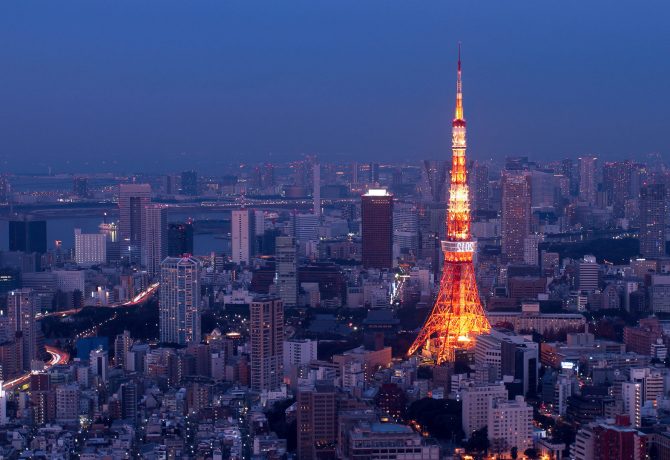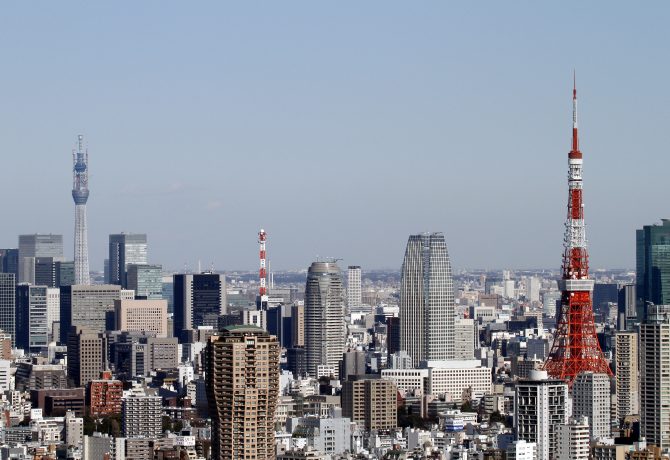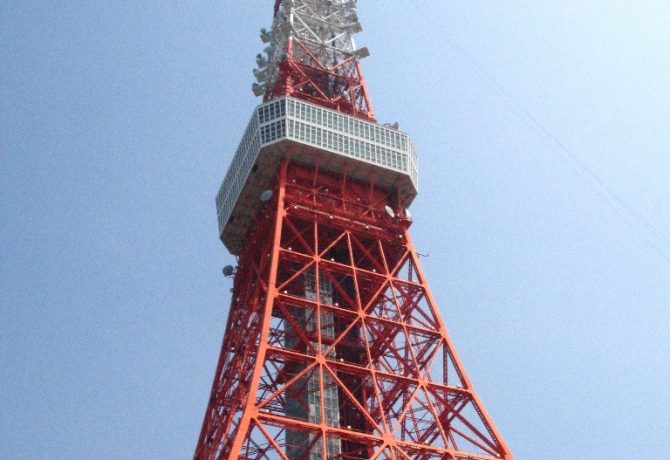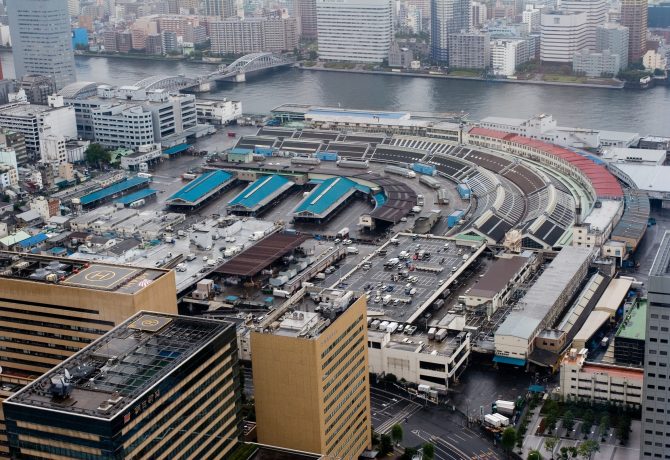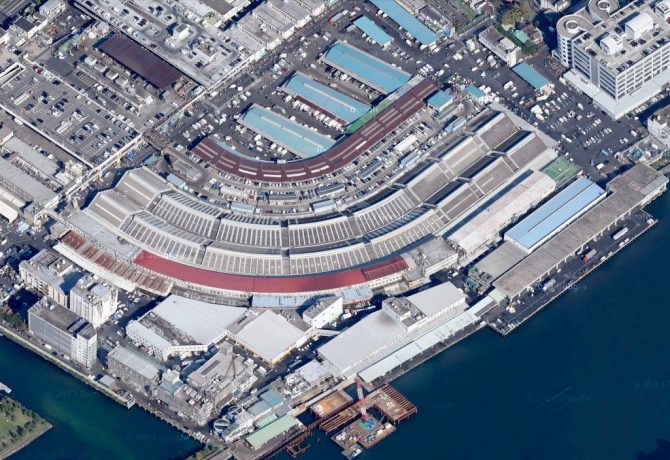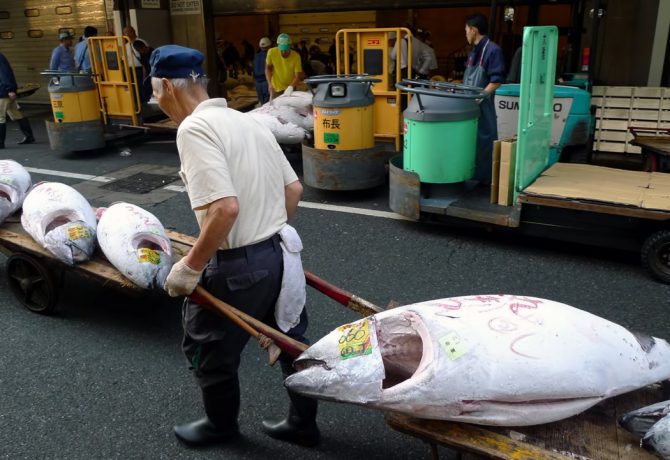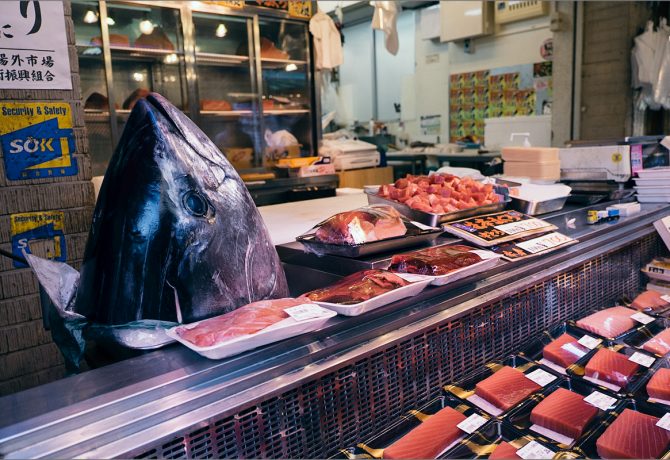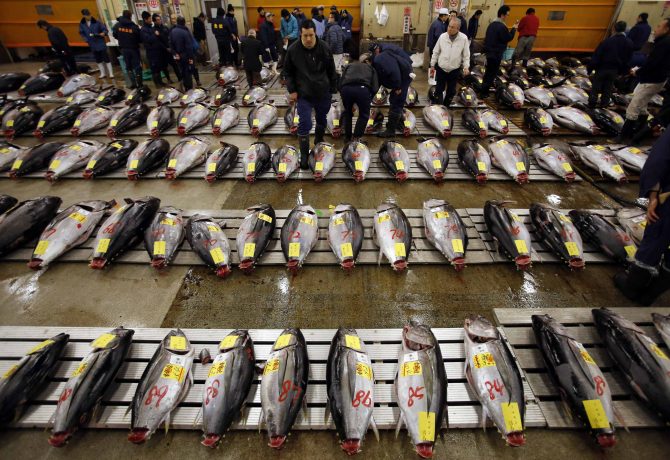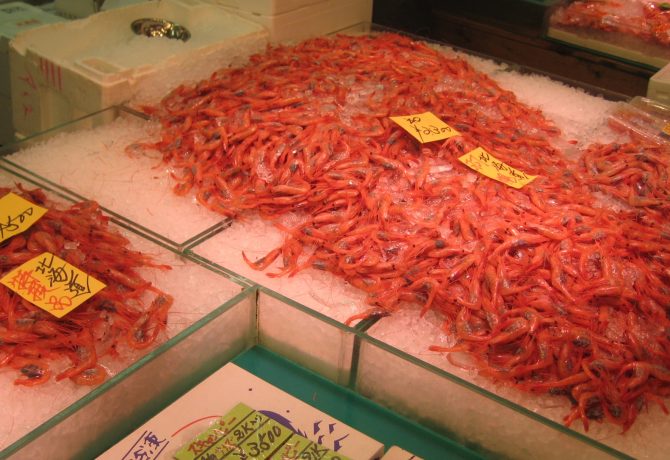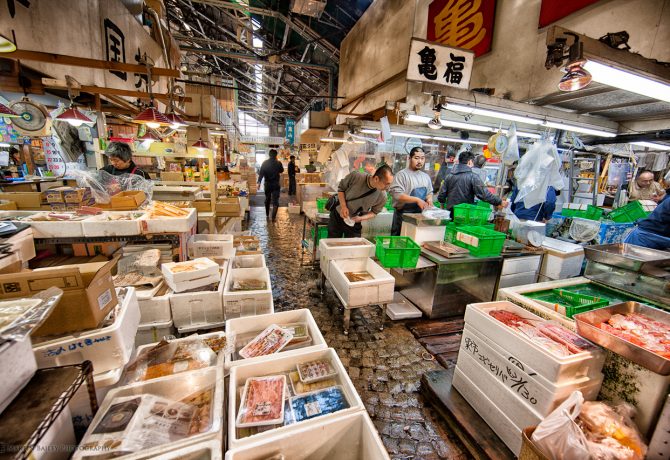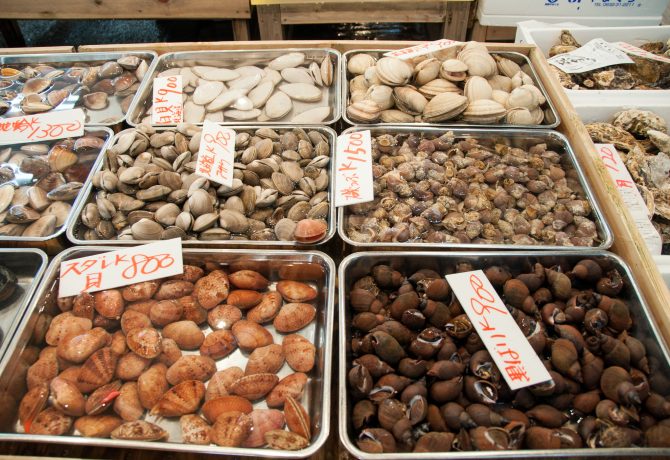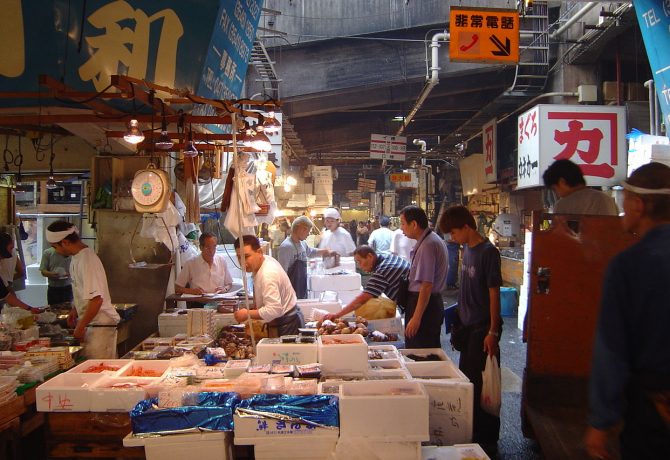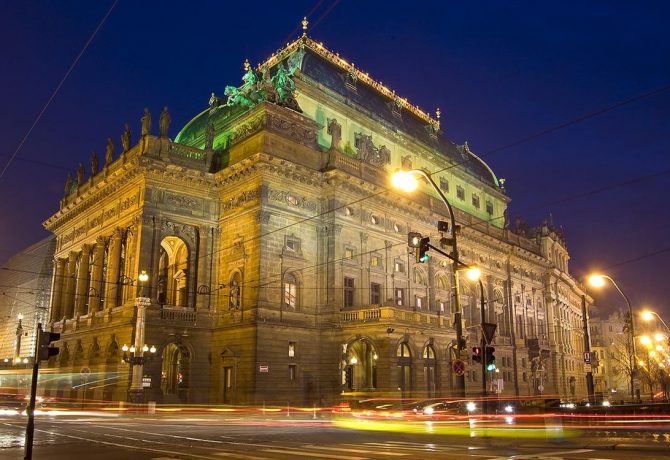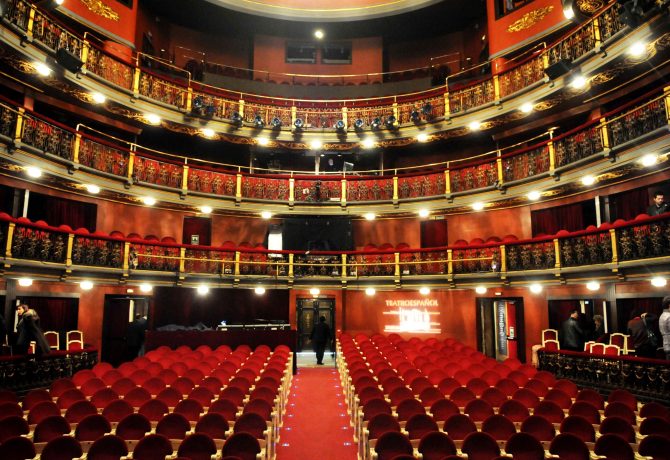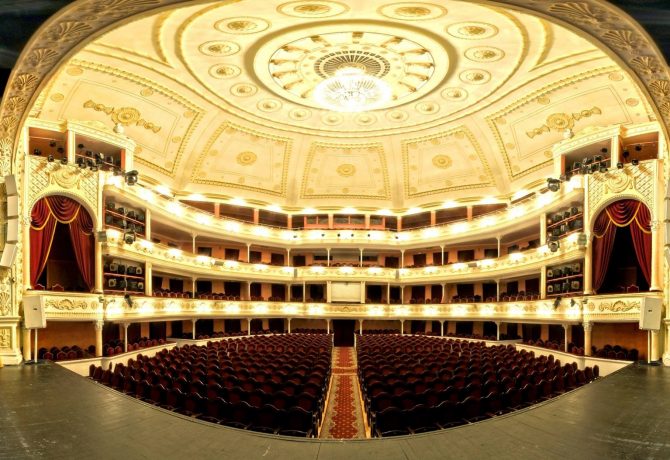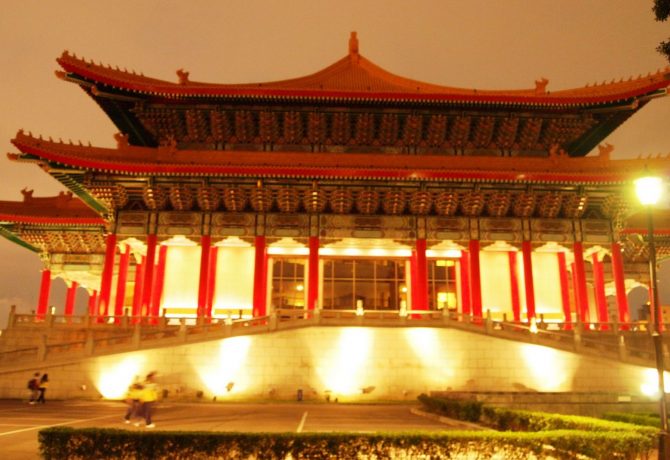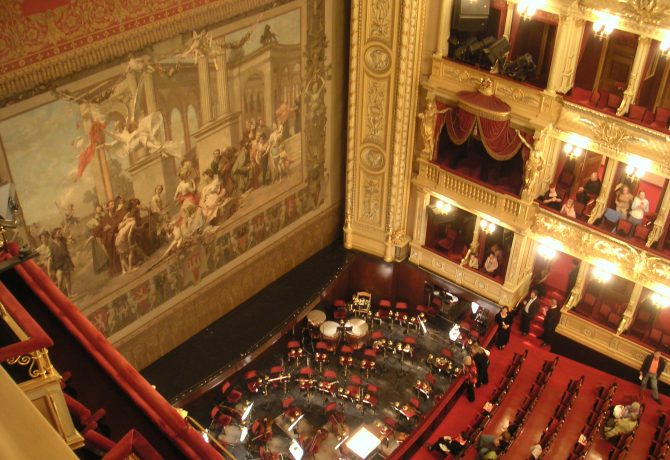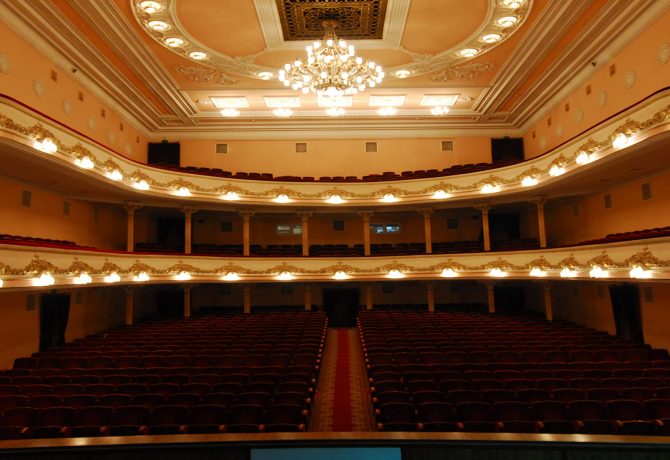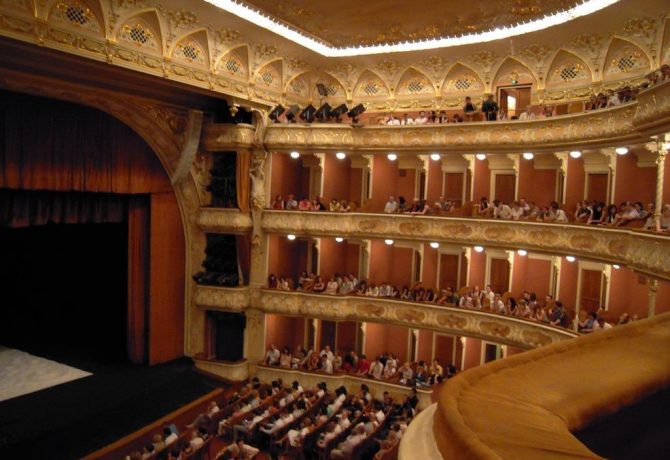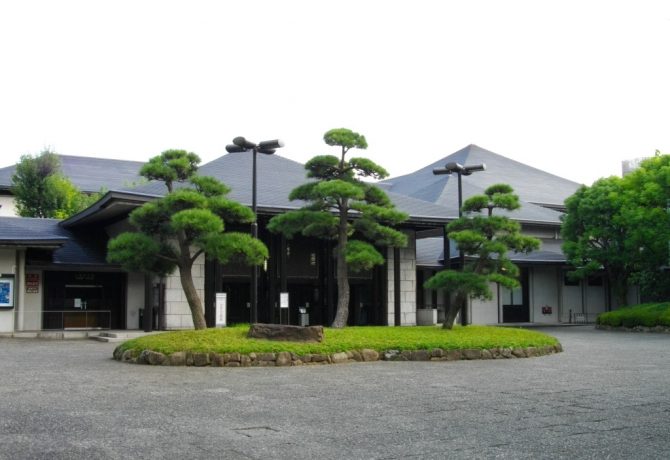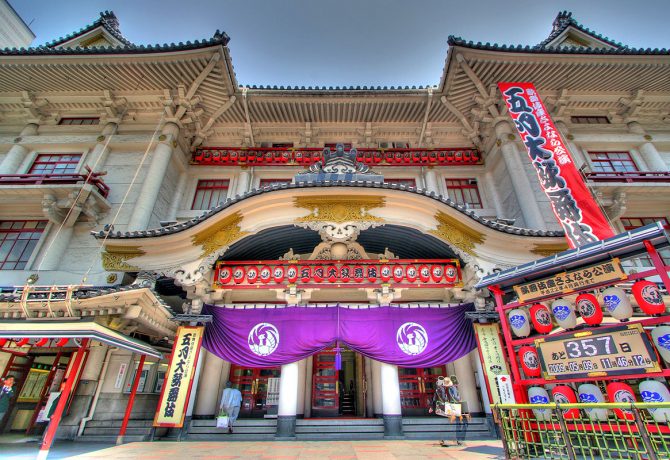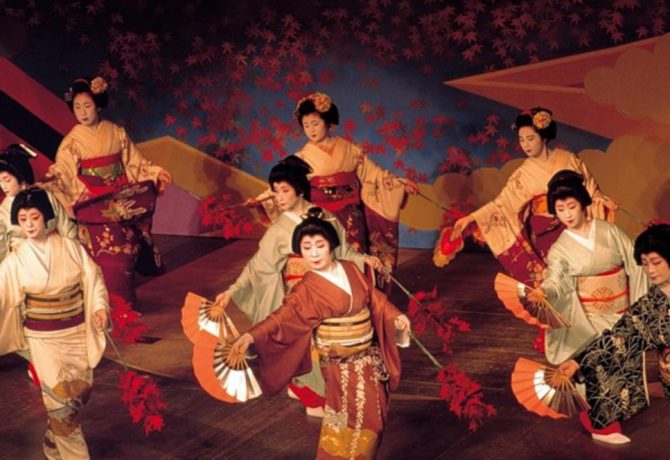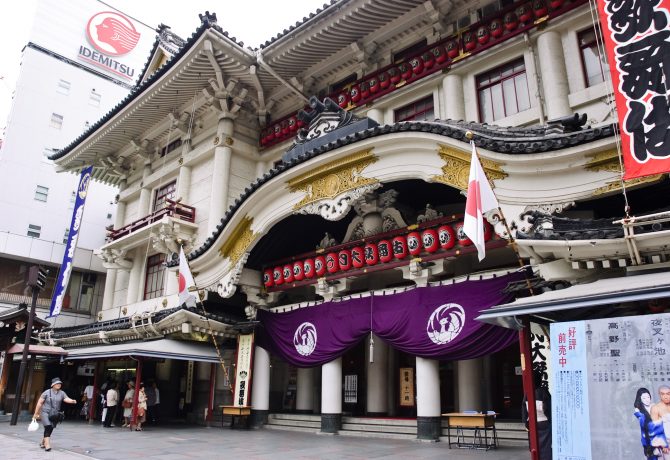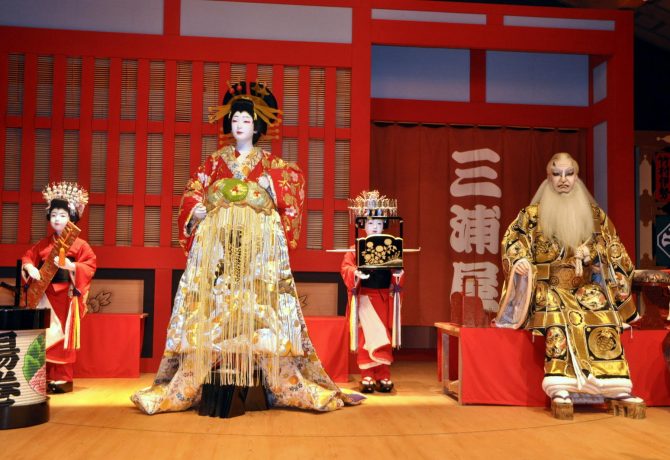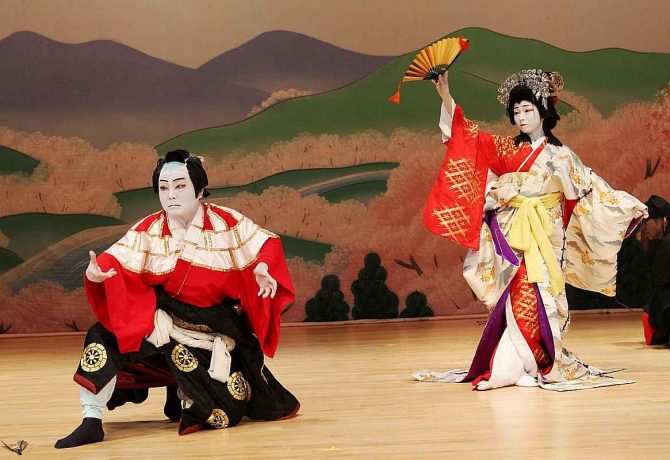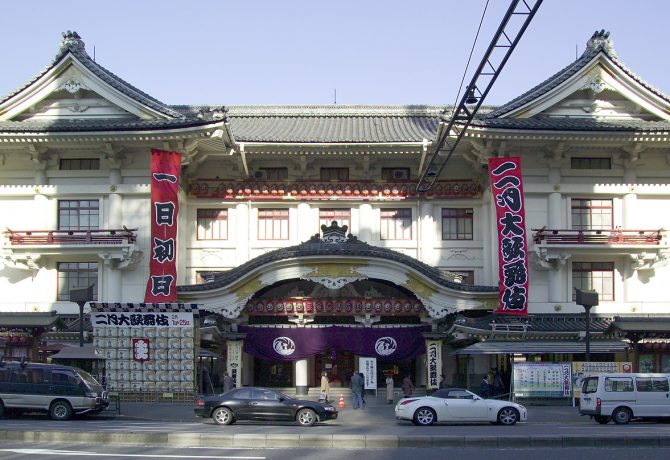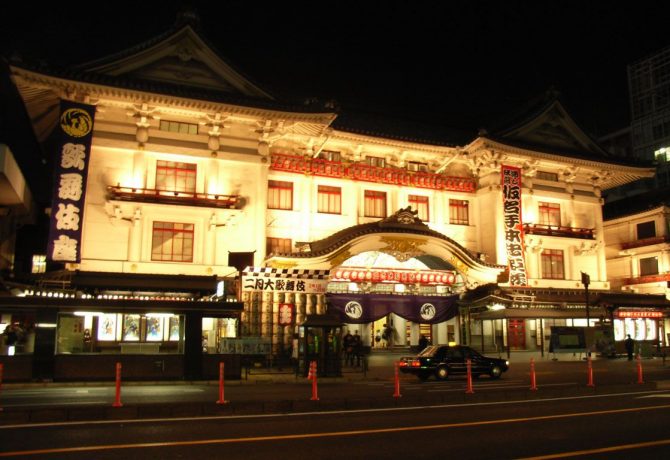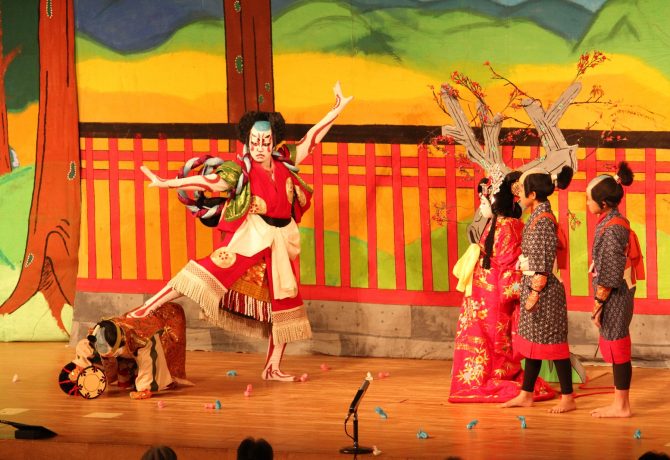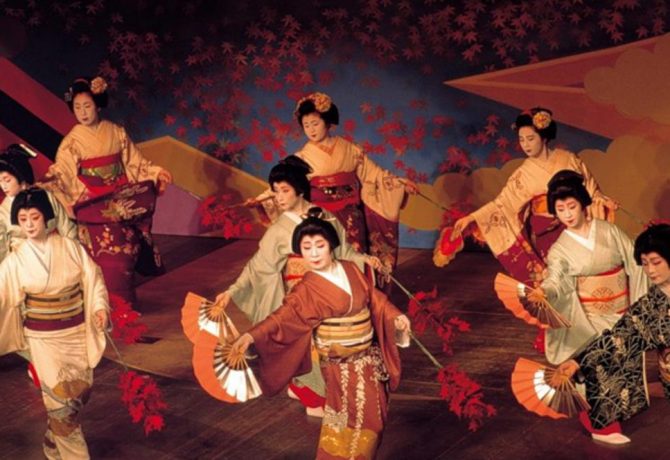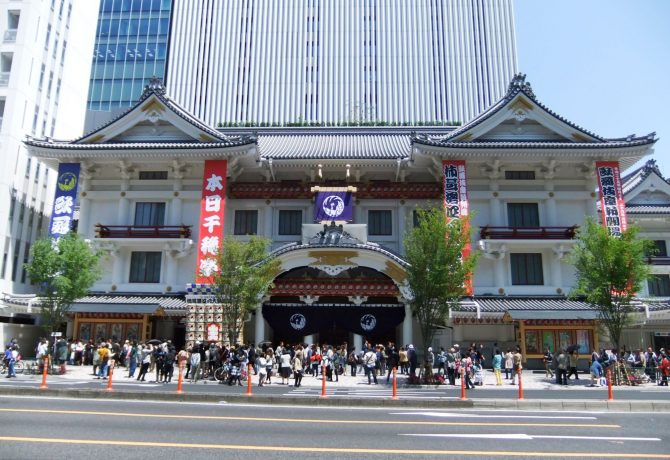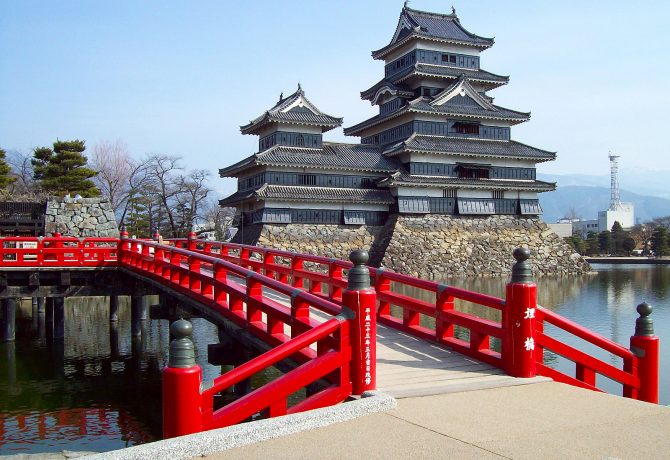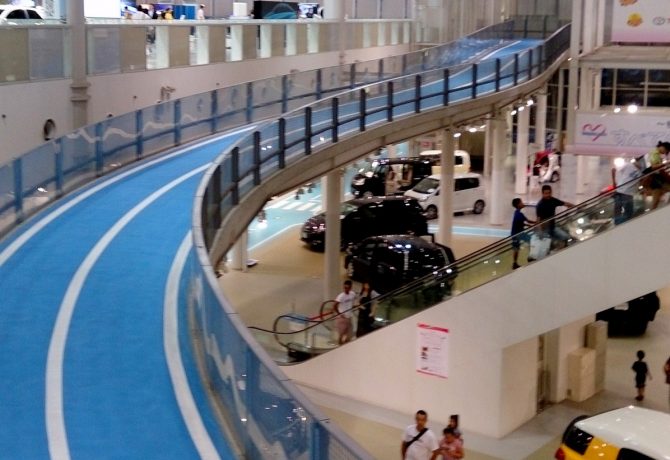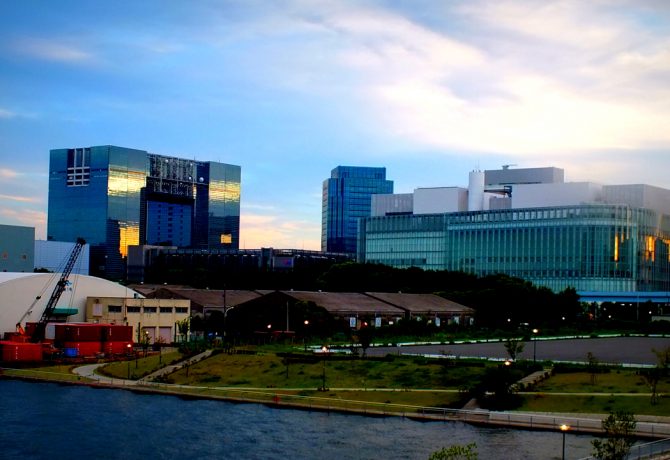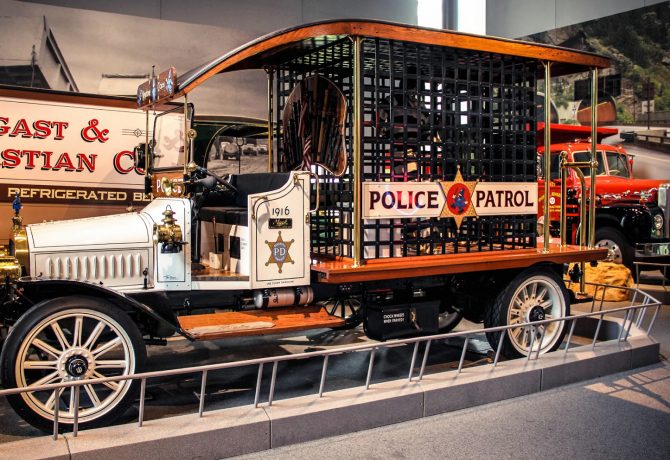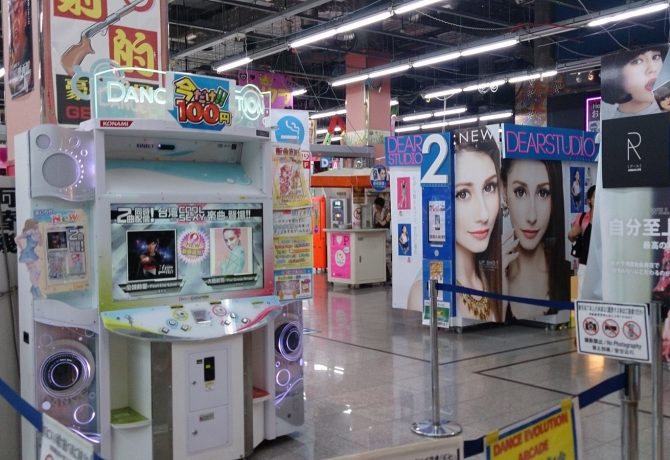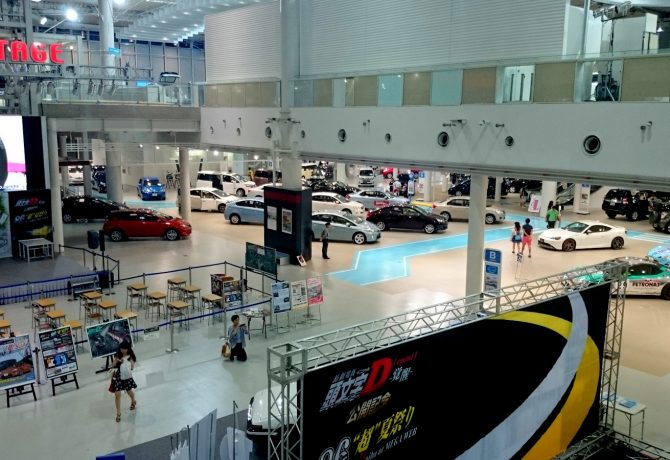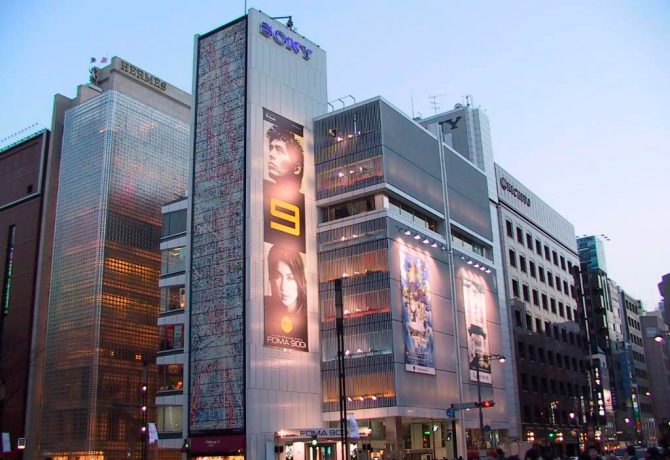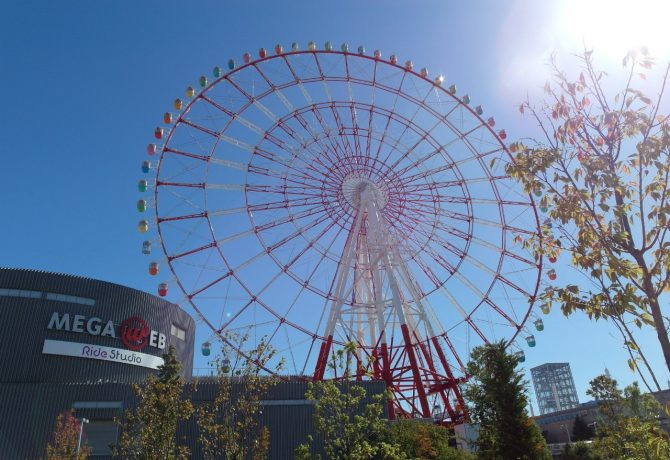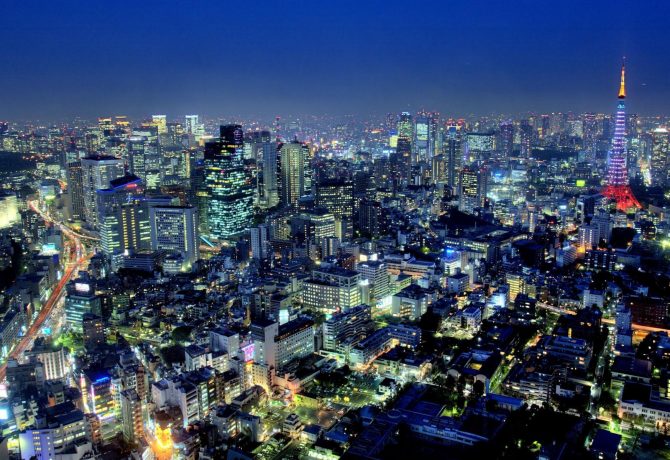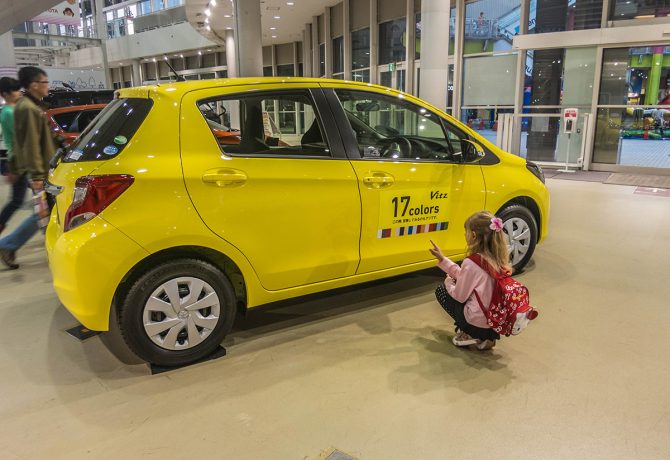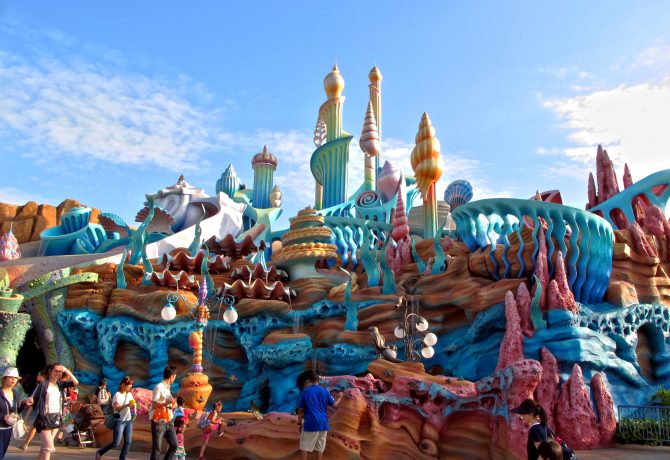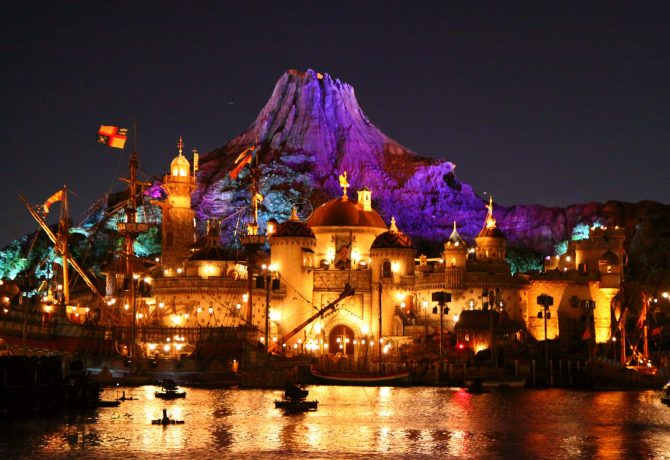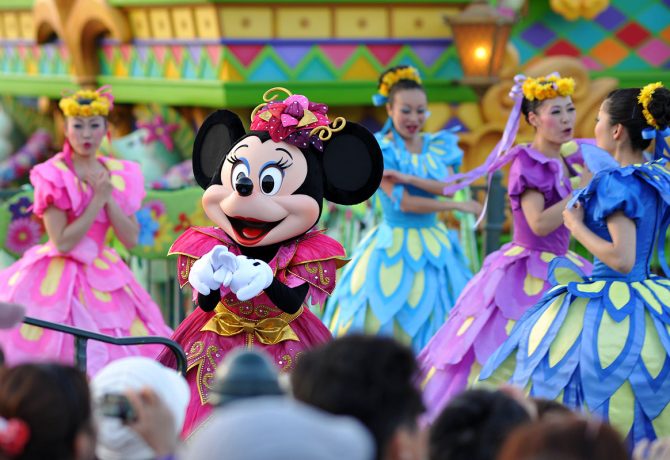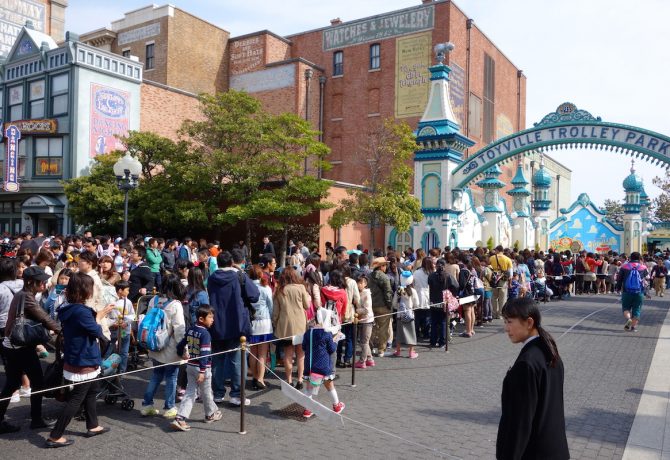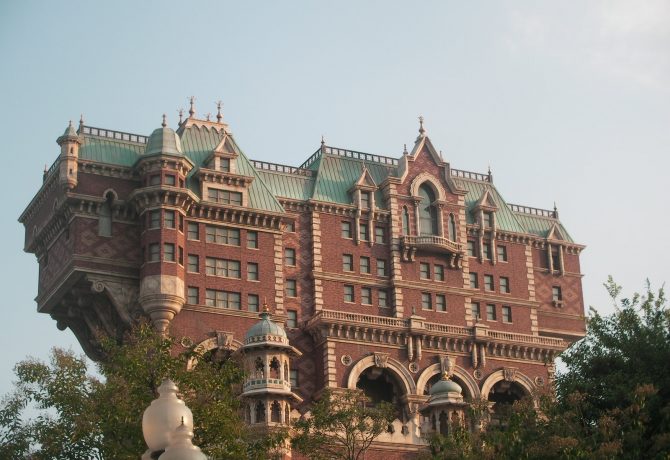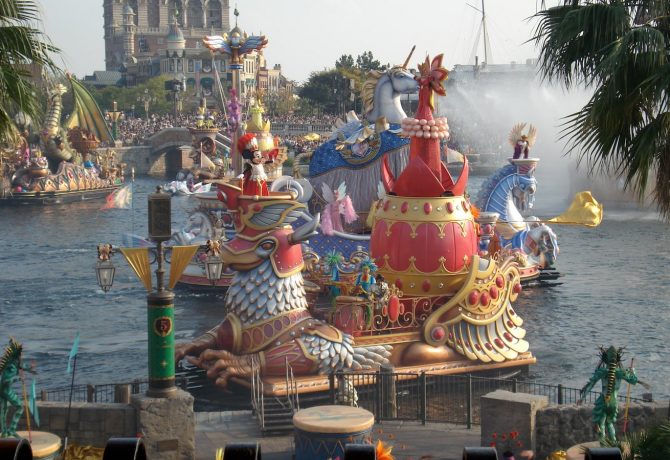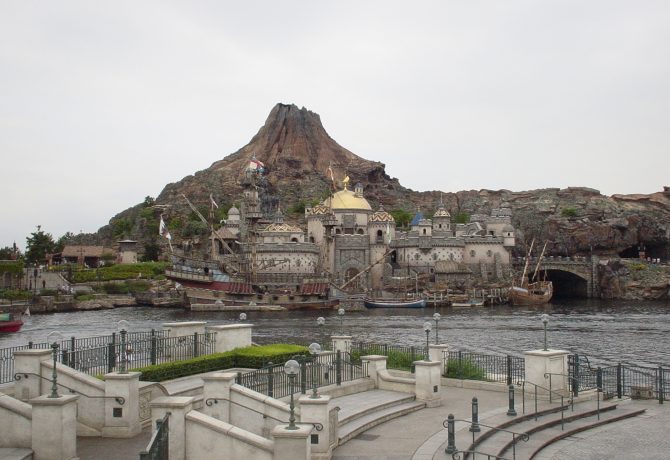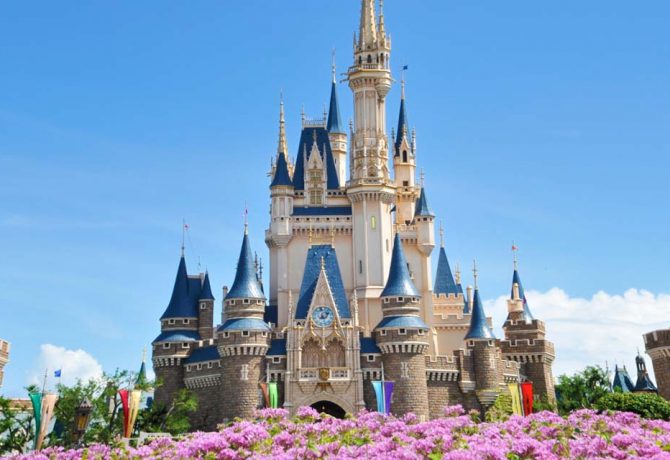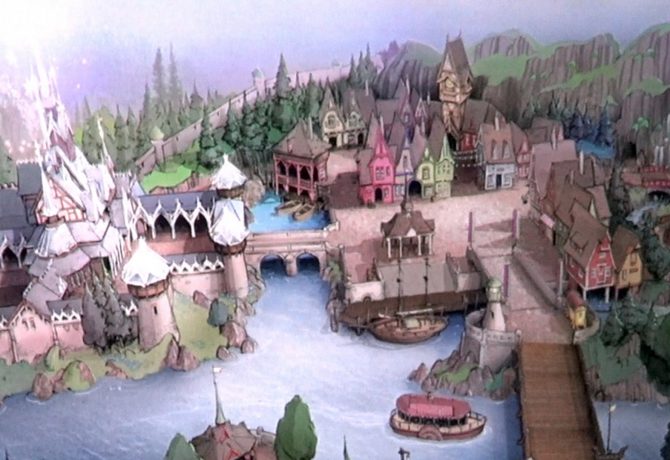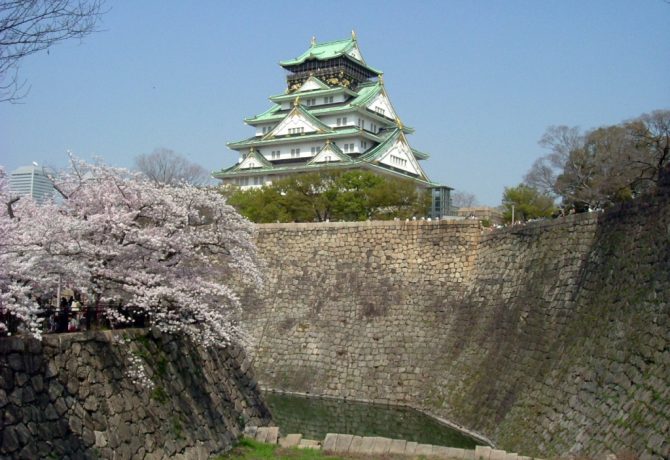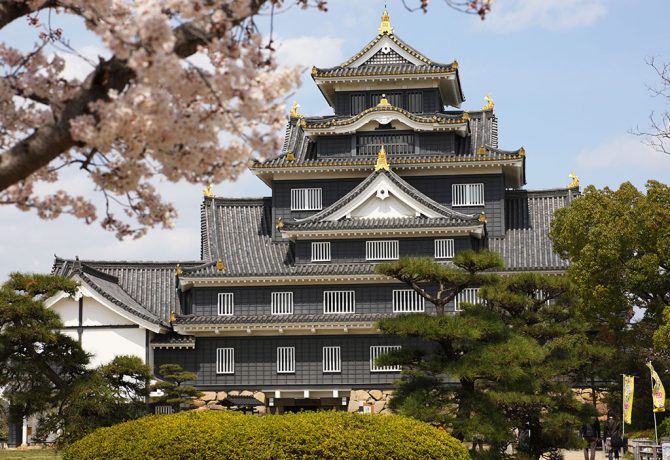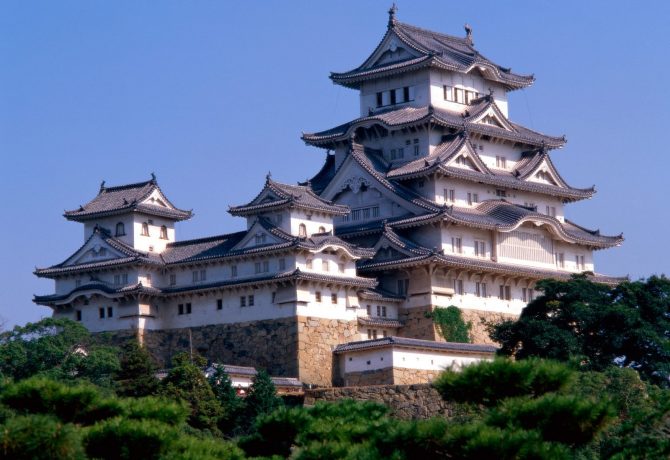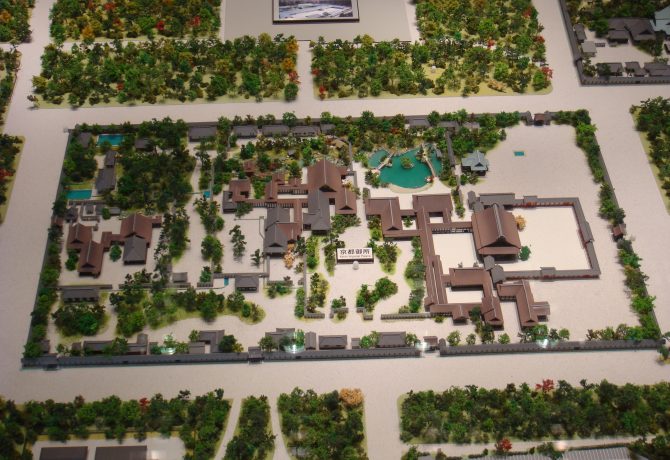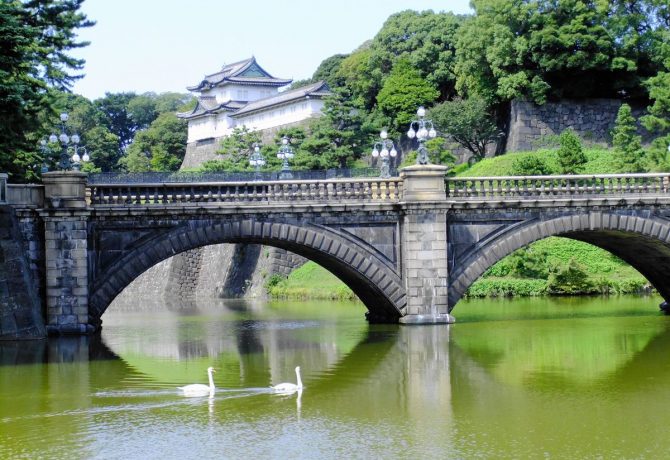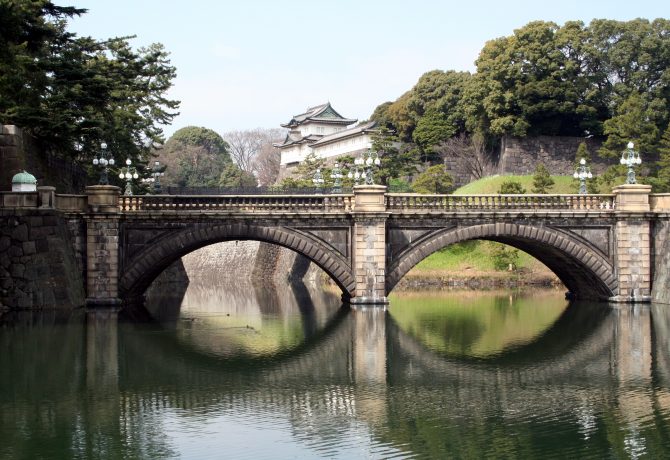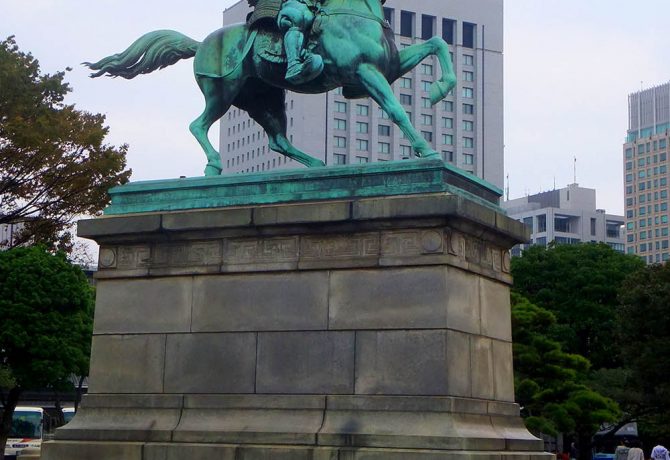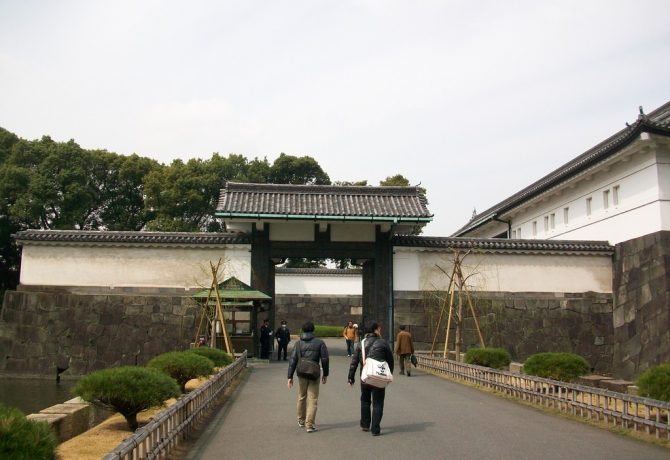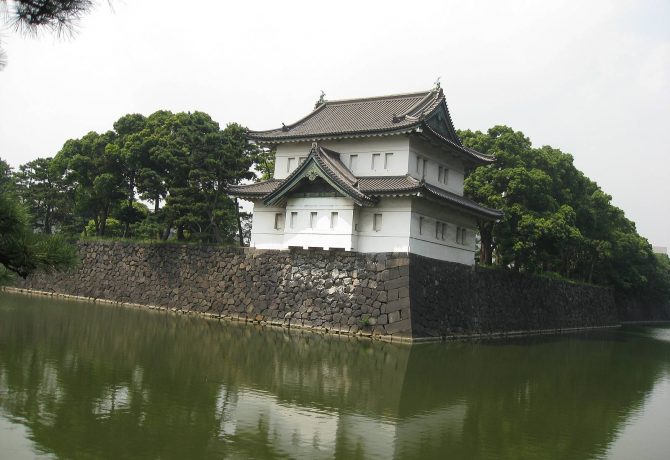If you are wondering what to see in Tokyo, then you are going to the capital of Japan for the first time. Anyone who has been to Tokyo at least once knows that this city is full of not only historical buildings, but also modern structures that are of no less interest.
Tokyo is one of the youngest cities in Japan and one of the largest metropolises in the world. Along with New York and London, Tokyo represents a cluster of stock exchanges. This city never sleeps. Its small streets and houses are intertwined with skyscrapers, forming a delicate interweaving of history and modernity. Here, temples are frequent neighbors of shopping centers, and buildings that are more than one century old stand next to houses whose roofs are hidden behind clouds. Tokyo consists of 23 districts, each of which in itself represents a separate city. The capital of Japan is not only the economic center, but also the political, industrial and cultural heart of this Asian country.
Tokyo is the capital of shopping and entertainment. What is the famous Tokyo Disneyland! It was built more than 20 years ago and several other large parks and entertainment complexes have grown around it. If you are looking for clubs and shops, then you should definitely visit the Sibuya district, where some of the tallest skyscrapers in Tokyo are located, as well as most of the headquarters of Japanese corporations. Tokyo is a city that cannot be ignored. In this article, we will look at what to see in Tokyo.
Meiji Shrine
Meiji Temple, or as it is also called Meiji Jingu, is the tomb of Emperor Meiji and his wife. It is of such interest to tourists, because it is the largest sanctuary, which appeared, by the way, on public initiative. The shrine is located in the Area of Sibuya, in one of its parks.
The temple owes its existence to the social movement that arose after the death of the emperor and his wife at the beginning of the last century. World War II burned the temple to ashes, however, it was successfully reconstructed.
The Meiji building is a unique format of the temple: cypress was used in its creation, and the building itself stands among the gardens, which can be found exclusively in Japan. The garden is full of trees and shrubs thanks to the people of Tokyo, who decided to donate plants for the temple.
The outer garden of Meiji often hosts sports. Also in the garden is a memorial, which houses as many as 80 frescoes depicting the moments of life of the emperor and his family.
To get to the temple, you need to get to the stops of Eegi or Harajuku. The temple can also be reached by subway, taking the Chieda Line or Fukutoshin Line to Meiji-Jingu-mae Station.
“The energy of the place is just great. We came here to walk with my wife several times. The park around the temple is simply amazing, as, indeed, the temple itself. If you’re lucky, you’ll find a luxurious wedding on your way, they’re often held there.”
Shinjuku
Shinjuku is one of the busiest areas of Tokyo. Shinjuku was once a tiny town located next to a post station. Shinjuku today is crowds of white collar and millions of night lights. It is in this area that the tallest skyscrapers of the Land of the Rising Sun are located, and the local station has the largest capacity in the world. So, about 3.5 million people pass through it per day, with which no other station in the world can compare. Railway Station is the heart of Shinjuku District.
Small shops and malls on half the street, outdoor advertising, which has already blocked entire neighborhoods, restaurants where you can taste the most unthinkable dishes – all this is Shinjuku. Separately, it is worth noting the Imperial Park, where you can walk in peace and quiet. This park is perhaps the only quiet place in the entire area.
You can get to the area by taking a train at Ueno Station and reaching Shinjuku Station. The trip itself will take no more than 20 minutes.
“Great area, my husband and I loved it. Noisy, of course, and crowded, but there is everything: and where to arrange shopping, and a tasty snack, and just take a walk. If we come to Japan, we will definitely visit Shinjuku again.”
Miraikan Museum
Miraikan is a museum of the future, the main showcase of what Japan has achieved in the age of advanced technology. Astronautics, computer science, physics, biology and, of course, robotics. Here you can not only read the plates to the exhibits, but also see them in action: turn, look and even turn on.
The museum has as many as six floors, walking through which you will not only look at the advanced developments in the field of robotics, but also find out what is in the head of a monkey and how the Internet works. To visit the museum should take at least half a day. The main exhibit is a humanoid robot ASIMO. Leave it for dessert to impress the museum for at least a couple of more days. The museum is located at 2.3.6, Aomi, Koto-ku, Tokyo, opening hours from 10:00 to 17:00.
“I was not impressed by the museum. The idea of the museum is not bad, but I expected much more from visiting it. Of course, the most interesting thing is the humanoid robot.”
Tokyo TOWER
The Tokyo TV Tower is a replica of the Eiffel Tower. It was built in 1958 for video and television broadcasting throughout Tokyo and Kanto. The height of the tower is just over 300 meters. Tokyo TV Tower is considered the world’s tallest structure made of steel.
At night, the TV tower is illuminated by more than a hundred spotlights. The tower is painted in white and orange. On the ground floor there is a huge aquarium, which is considered one of the best in Tokyo. This aquarium contains more than 40 thousand fish.
On the third level is the Wax Museum, which by the richness of its collection can compete with the famous Madame Tussauds Museum. On the 3rd tier there is also an exhibition of holography.
“The tower is impressive. The height is more than 300 meters, there are several tiers where you can walk, as well as visit various shops and other interesting places. ”
Tsukiji Fish Market
Tsukiji Market is one of Tokyo’s largest markets. Here you can buy anything: fish, fruits and vegetables, seafood, as well as meat and even flowers. This market sells more than 2 thousand tons of fish and other seafood per day.
This market does not sleep day or night: somewhere hurrying buyers, hospitable sellers, motorcyclists and motorists … Yes, this place can be considered one of the most colorful sights of the capital of the Land of the Rising Sun.
Every year there are only more and more visitors to the market. At the Tsukidze market, you can not only buy products, but also visit the famous auction for the sale of tuna, as well as enter the foreign market, where you can have a snack in a Japanese restaurant or arrange a small shopping in boutiques. The market can be reached using the metro: take the Khibiya line until you reach the Tsukidze station.
“One of the best ratios according to the criterion “price – quality”. Everything is cheap, fresh. Of course, the crowd of people is not very pleased with tourists who are accustomed to a more relaxed rhythm of shopping, but the market is definitely worth a visit. ”
National Noi Theatre
Theater is an integral attribute of Japan, as well as sushi, anime and plaid skirts of Japanese schoolgirls. No theatre is masks: funny, funny, sad and just plain terrible. The theater is located in the temple of Melpomene, and the performances are accompanied by drums and, of course, flutes. Noh Theatre makes a indelible impression on those who are introduced to Japanese culture.
Theater No was born in the XIV century. The main idea of the theater is a story about the world of spirits, gods and demons, as well as about the life of monks. Each performance lasts from 3 to 6 hours.
The cost of tickets for the performances varies from 2300 to 4600 yen. But quite recently he found a second life: so at the end of the last century a huge building was purchased for the National Japanese Theater. It is located in the Sibuya district.
“The performance unexpectedly for me made a very strong impression. I want to see something else like this in my life. Not comparable to any other theaters and performances that I was lucky enough to attend. “
Kabuki-dza Theatre
The only kabuki theater. It is located in the District of Tyubo. Kabuki-ze Theater is incredibly popular among both Japanese and visitors. It is located in a building that is considered the fifth incarnation of the theater, as the four previous buildings burned down.
This theater has 4 floors and almost 2 thousand seats. Near the theater there is an office building “Kabuki-dza Tower”, and on the first floor of the theater there are shops with souvenirs and tea houses.
The theater is aimed at tourists. So, you can use the audio accompaniment and the audio guide will explain to you everything that concerns the plot, role, costumes and the course of the performance itself.
“Very original performance. I remember for many years. What I didn’t like was the audience: noisy and constantly chewing on something.”
Toyota Mega Web Exhibition Centre
Fans of supercars will definitely not remain indifferent from visiting this exhibition center. It has several floors, which form a huge complex,where you can not only admire the products of the Japanese automotive industry, but also visit the amusement park and showroom Toyota.
The exhibition center has not only classic exhibits of the Japanese automotive industry, but also impressive “cars of the future”. The center provides visitors with the opportunity to even try the punishments in the case. Fans of retro cars will also appreciate the center of the Toyota Mega Web, because in it you can take pictures against the background of cars of the 1950-70s of release.
There are as many as 6 exhibitions in the museum of the center. The most impressive and largest is the Toyota City Showcase, where you can look at both existing models of the famous car concert and still unrealized concepts.
“In Siberia, Toyota is the most common brand of cars. I could not miss the opportunity to visit the museum and was not disappointed. For ridiculous money (about 100 rubles) you can arrange a real test drive. In general, I recommend to visit. “
Disneyland and Disney Sea
This Disneyland became the second in the world after the American. There is an amusement park in the Urayasu district and occupies a little less than 50 hectares. Tokyo Disneyland has 7 zones, and there are also shops, restaurants and even hotels. Between the objects of Disneyland you can move both on foot and use the railway.
Among the thematic zones are “FantasyLand”, “City of Cartoons” and “Land of the Future”, where you can meet not only Mickey Mouse, but also Cinderella, Chip and Dale, as well as Dumbo. Every evening there are shows and fireworks in the park.
Next to Disneyland is a water park, which travelers like even more than Disneylanditself. The fullness of the water park is not as great as in Disneyland, and the attractions are designed more for adults than for children.
“We were both at Disneyland and at the water park. I liked it here and there. There is a system of fast passes, due to which you can go without waiting in line for popular attractions. That Disneyland, that the water park can not cover in one visit. I want to come back again.”
Imperial Palace in Tokyo
The Imperial Palace is the place where the emperor and his wife lived. The palace is surrounded by a wonderful garden and a canal with water. The building is located in the heart of Tokyo. Visiting the attraction is free, however, you can get to the territory of the palace itself only if you pre-register. So, you can book a place to visit the attraction on its official website.
In the garden there is a wall made of stone and remembering the times of the Edo era. A couple of centuries ago, the palace was given to the samurai. The palace has a beautiful collection of various art objects, for example, paintings or painted Japanese kimonos.
Getting to the palace is simple: for example, it can be reached by train from Narita Airport or from Shin-Osaka Station to Tokyo Station.
“Great place. Probably the most impressive of all that I visited during my trip to Japan. The energy of the palace simply cannot be conveyed in words.”

